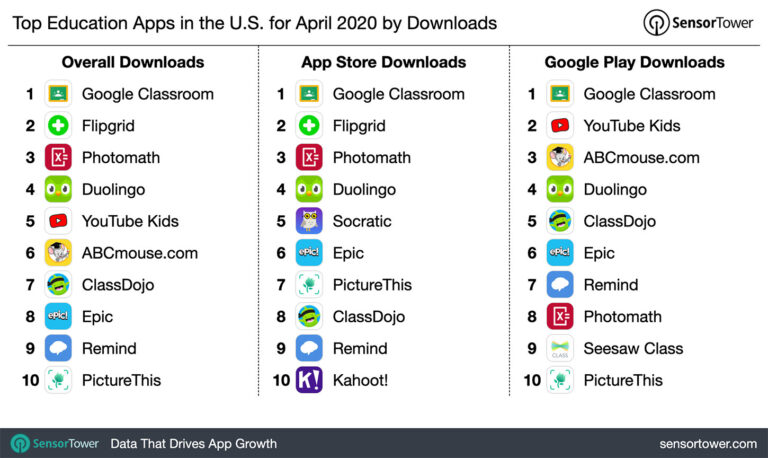Letter of Recommendation Template: A Guide to Writing a Persuasive Endorsement
When someone asks for a letter of recommendation, they’re trusting you to help shape their future. Whether it’s for a job, academic program, internship, or professional opportunity, the right words can elevate a candidate’s chances significantly. A strong letter of recommendation goes beyond basic praise it offers credible insights, detailed examples, and an authentic voice that highlights a person’s strengths and character. For those unfamiliar with the format or unsure what to include, using a clear, proven letter of recommendation template can simplify the process while ensuring the final result is compelling, professional, and tailored to the opportunity at hand.
Discover how to structure an effective letter and what to include to make your endorsement truly impactful.
Why a Well-Structured Letter of Recommendation Matters
A recommendation letter isn’t just a formality it’s often a deciding factor. Admissions committees, hiring managers, and program coordinators read dozens, sometimes hundreds, of applications. A generic or disorganized letter can hurt more than it helps. But a carefully structured letter with a confident tone and relevant examples creates a vivid picture of the applicant’s qualifications. It gives the recipient clarity, trust, and a reason to move the candidate forward. Using a letter of recommendation template ensures your letter includes all the essential components: a proper greeting, a strong opening, specific endorsements, and a professional closing.
Key Elements to Include in Your Template
A comprehensive letter of recommendation template follows a logical flow: introduction, context, assessment, and conclusion. The introduction should state your relationship with the person and the purpose of the letter. In the body, describe specific skills, achievements, or traits that make them a good fit for the position or program. Provide anecdotes or examples to back your claims. The conclusion should summarize your recommendation and offer your contact information for follow-up. While maintaining a formal tone, aim for authenticity genuine praise with realistic balance leaves a lasting impression.
Tailoring the Template for Different Scenarios
While a base template provides consistency, each letter of recommendation should be adapted for its intended use. For a job application, emphasize work ethic, reliability, and results. For academic programs, highlight intellectual curiosity, research ability, or leadership in class settings. Graduate school letters often focus on potential, motivation, and relevant experiences. Internships may require endorsements of adaptability and willingness to learn. Keep the language formal but conversational, and tailor your examples to the field or industry. A one-size-fits-all letter can appear vague or lazy customization shows you care and understand the opportunity’s requirements.
Common Mistakes to Avoid When Using a Template
Templates are helpful, but they shouldn’t replace thoughtfulness. Avoid generic phrases like “hard-working” or “great team player” without context. Be specific what did the person accomplish? How did they stand out? Another mistake is overstating qualifications without evidence, which can make your recommendation seem insincere. Also, check for correct names, dates, and titles minor errors can undermine the letter’s credibility. Lastly, never agree to write a recommendation if you don’t feel comfortable doing so. A lukewarm or vague endorsement does more harm than good. If you’re using a letter of recommendation template, personalize it thoroughly before sending it.
Where to Find Reliable Templates and Tools
You can find professionally written letter of recommendation templates online through university websites, career services, or business communication platforms. Many offer variations for different industries or roles. Word processing tools like Microsoft Word and Google Docs also provide built-in templates that you can easily customize. Some job boards or applicant tracking systems include recommendation letter features, offering guidance on tone and formatting. Whether you download a ready-made format or create your own, be sure to review multiple samples to find one that aligns with your voice and the candidate’s goals.
FAQs About Letter of Recommendation Templates
1. How long should a letter of recommendation be?
Aim for one page three to four paragraphs is usually sufficient to make a strong case.
2. Can I use the same template for multiple letters?
Yes, but always personalize details like names, roles, achievements, and context for each recipient.
3. Who should write a letter of recommendation?
Ideally someone who knows the candidate well in a relevant context such as a supervisor, professor, or mentor.
4. Should I include my contact information in the letter?
Yes, including your email and phone number shows transparency and openness for follow-up.
5. Can a student or employee write their own draft for approval?
Yes, it’s common for recommenders to request a draft, which they can then revise and sign.

